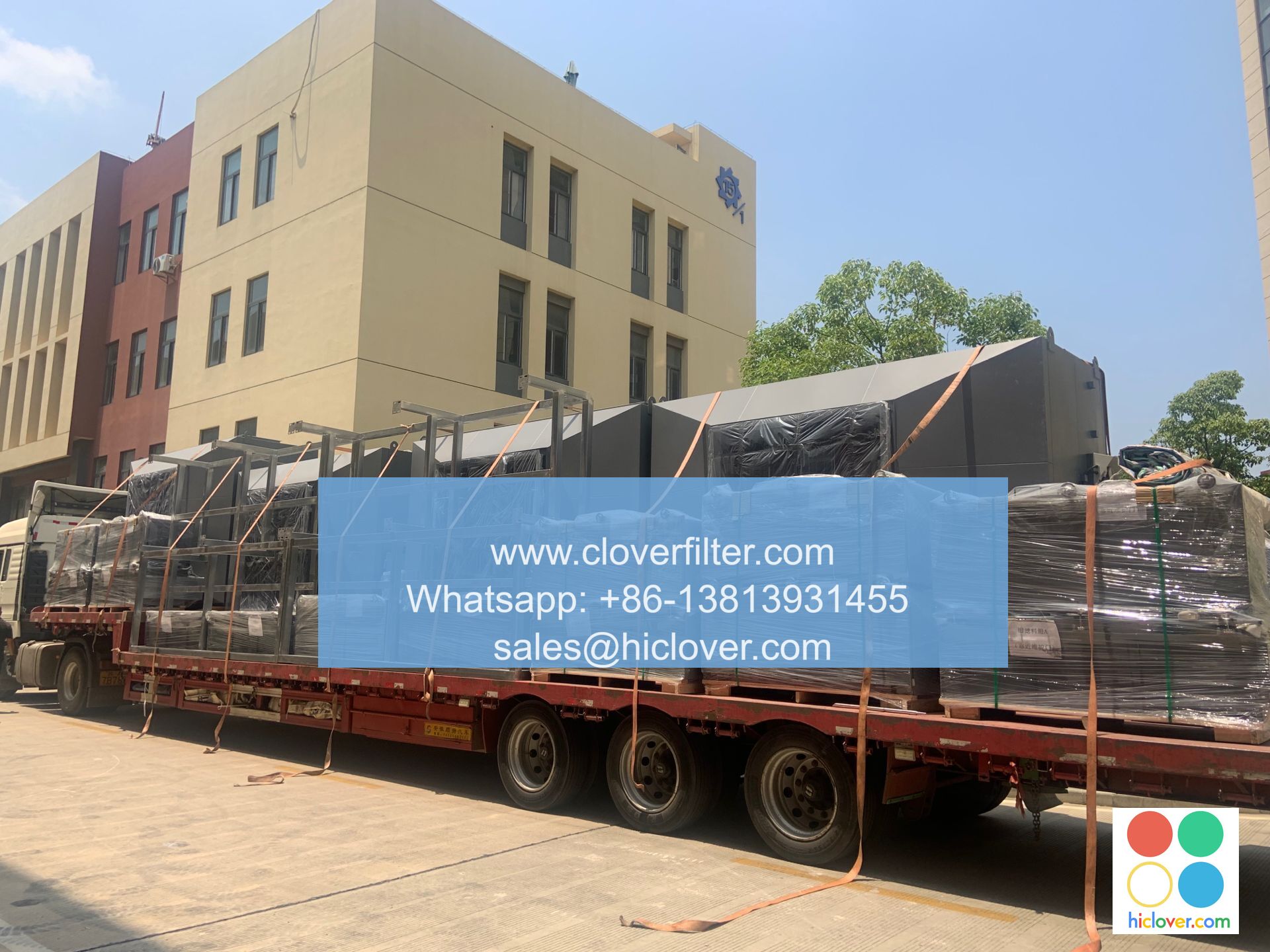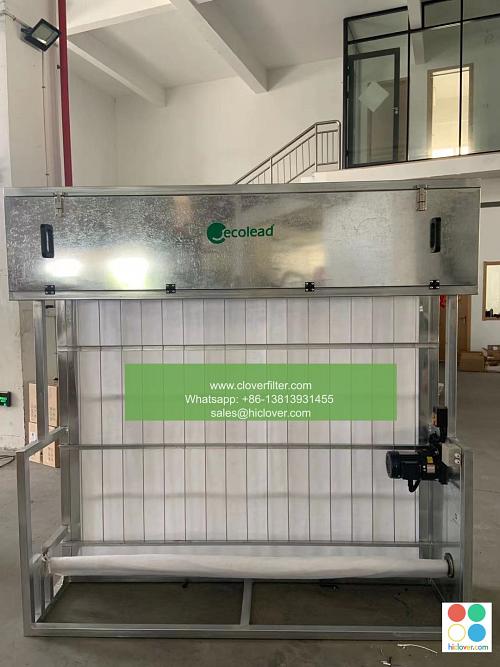Understanding Air Filter MERV Ratings: A Documentation Explanation

Air filter MERV (Minimum Efficiency Reporting Value) ratings are a crucial aspect of indoor air quality (IAQ) management, and understanding them is essential for commercial HVAC systems, industrial air purification, and even residential air filtration. In this article, we will delve into the world of MERV ratings, exploring what they mean, how they are calculated, and their various application areas, including healthcare facilities, cleanrooms, and data centers.
What is MERV Rating?
The MERV rating is a numerical value that represents the efficiency of an air filter in capturing particles of various sizes. The rating is based on the filter’s ability to remove particles from the air, with higher ratings indicating better filtration performance. The MERV rating system is designed to help facilities managers, building owners, and HVAC professionals select the most suitable air filters for their specific indoor air quality needs.
How is MERV Rating Calculated?
The MERV rating is calculated by testing the filter’s particle removal efficiency using a standardized protocol. The test involves introducing a controlled amount of particles of various sizes into the air stream and measuring the number of particles that pass through the filter. The MERV rating is then assigned based on the filter’s ability to remove particles in three size ranges: EO (0.3-1.0 μm), ME (1.0-3.0 μm), and VE (3.0-10.0 μm). The higher the MERV rating, the more effective the filter is at removing smaller particles.
Understanding MERV Rating Categories
The American Society of Heating, Refrigerating and Air-Conditioning Engineers (ASHRAE) has established a MERV rating system with 17 categories, ranging from MERV 1 (very low efficiency) to MERV 20 (very high efficiency). The categories are divided into three main groups:
* MERV 1-4: Low-efficiency filters, typically used in residential applications
* MERV 5-12: Medium-efficiency filters, commonly used in commercial buildings and industrial facilities
* MERV 13-20: High-efficiency filters, often used in healthcare facilities, cleanrooms, and data centers where high-level air purity is required
Application Areas for Different MERV Ratings
Different MERV ratings are suited for various application areas, including:
* Healthcare facilities: MERV 14-16 filters are recommended to prevent the spread of airborne pathogens
* Cleanrooms: MERV 17-20 filters are required to maintain ultra-clean environments
* Data centers: MERV 11-13 filters are commonly used to protect electronic equipment from airborne contamination
* Commercial buildings: MERV 5-12 filters are typically used to maintain good indoor air quality and energy efficiency
* Residential applications: MERV 1-4 filters are often used in home HVAC systems to provide basic air filtration
Conclusion
In conclusion, understanding MERV ratings is essential for selecting the most suitable air filters for various application areas. By knowing the MERV rating system and its categories, facilities managers, building owners, and HVAC professionals can ensure that their indoor air quality meets the required standards, providing a healthy and productive environment for occupants. Whether you are responsible for a commercial building, industrial facility, or residential property, choosing the right MERV-rated air filter is crucial for maintaining good air quality and energy efficiency. You haven’t provided a prompt or question for me to respond to. Please provide more context or information so I can give you a helpful answer. What would you like to talk about or ask?

